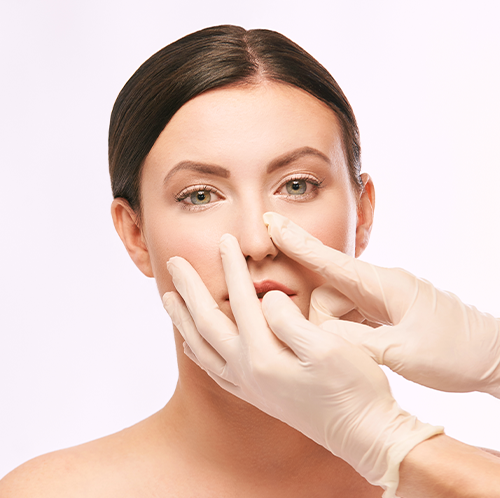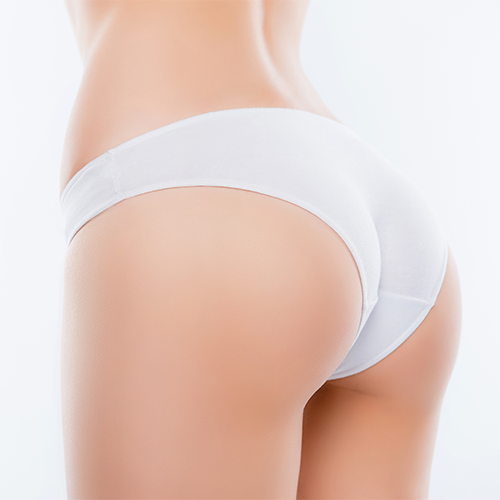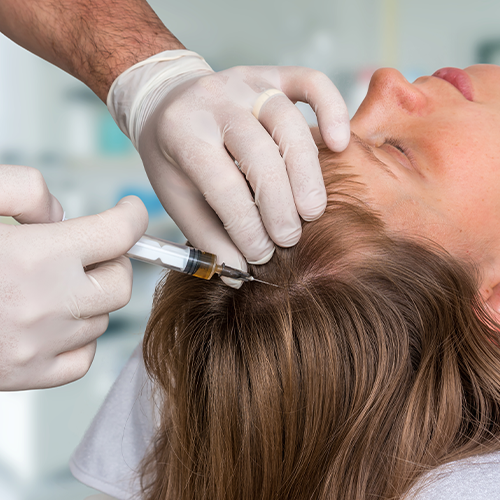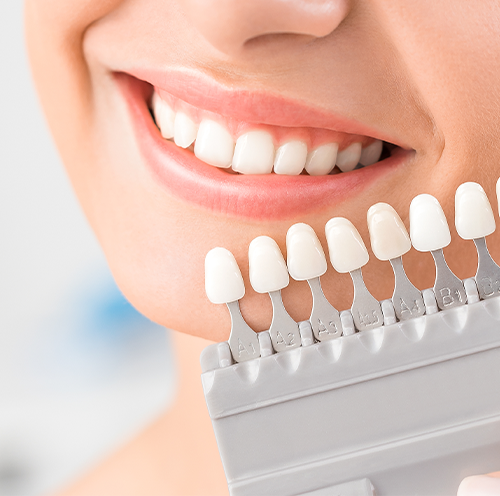
Surgical operations that are done on the nose, typically known as nose jobs, are medically termed as rhinoplasty, are designed to alleviate the discomfort whether the cause is genetic or a result of a trauma to the nose area. It is the most common surgical procedure done by surgeons in the modern world since the 1930s. The aim is to achieve a better looking, better performing nasal organ that also boosts the patient’s overall confidence both physically and psychologically.
The appearance of the nose can be changed in length-wise, width-wise or on the profile, too. It is not for cosmetic purposes only. Difficulty in breathing, broken bones as a result of an accident, genetic deformities, and aesthetic preferences can be few of many reasons why a person can choose to have a rhinoplasty operation.
Areas that can be operated by rhinoplasty:
- Width of the nose
- Length of the nose
- Nasal bridge hump
- Nasal cartilage appearance
- Breathing problems
- Shape of the tip of the nose
- Shape of the nostrils
- Wideness and/or flatness of the nose
Types of Rhinoplasty Operations
 Closed Rhinoplasty
Closed Rhinoplasty
The incisions for the operation are performed inside the nostrils, so there will be no cutting or scars on the outside of the nose. Depending on the needs of the patient, the condition of the tissues and the reason behind the operation, the surgeon will make the final decision for the technique that will be used.
Open Rhinoplasty
The incisions are performed on the tissue between the nostrils, which is called columella. There may be very slight scarring which will be gone after the surgery with proper care. Depending on the needs of the patient, the condition of the tissues and the reason behind the operation, the surgeon will make the final decision for the technique that will be used.
Reconstructive Rhinoplasty
When the nose tissue, either the bones or the cartilage or both may have been damaged due to accident, trauma or disorders that can alter the skin and the cells on the nose area, such as cancer. Reconstructive surgery can be done to eliminate the discomfort and also replace the lost tissues and rebuild the attractive appearance for the patient again. Additional cartilage can be taken from the back of the ears.
Septoplasty
The main aim of the operation is to correct the nasal cavity, mainly septum, to eliminate the breathing problems. There can be polyps, excess flesh tissue, crooked septum, that make the inhaled air harder to flow and can cause headaches, nosebleeds and sleeping problems. Septoplasty can be combined with rhinoplasty in the same operation to alleviate both the breathing difficulties and the shape of the nose.
Nasal Conchae Operation
The tissue inside the nose –the conchae- can be enlarged due to environmental factors, allergic reasons, or some other physiological reasons and can make breathing harder over time. The operation is done to reduce the sie of the conchae tissue so that airflow is not restricted anymore.
Tipplasty
This operation is done to only make changes to the tip of the nose where the cartilage is located without touching the bridge of the nose. Droopy tip can be lifted, or too high of a tip can be lowered. The wideness can be narrowed, and bulkiness can be thinned.
Primer Rhinoplasty
The base operations where the physical appearance of the shape of the nose is targeted.
Revision (secondary) Rhinoplasty
When the first rhinoplasty operation the patient had undergone before was not enough to satisfy their needs, a second revision rhinoplasty can be done to achieve the expected results. It is mainly chosen for minor adjustments and fine-tuning the details that can fit the patient’s desires more. Usually performed with open rhinoplasty technique to be able to reach the tissues more easily, so that desired outcomes can be achieved better.
Non-Surgical Rhinoplasty
For patients who don’t want to undergo surgical operations, this method of rhinoplasty is very preferable. Usually known as liquid rhinoplasty, it is done with injecting dermal fillers to smooth out the humps, fill the dents, correct the tip of the nose, balance out the harsher angles and over all improve the appearance of the nose. Mostly chosen to balance out the asymmetrical appearance on the front of the face because of the nose bridge, or on the profile image, or on the tip of the nose.
Recovery After Rhinoplasty
Since it is a well-tolerated surgery, the recovery process is easier and usually doesn’t take much effort. Swelling and bruising can occur around the affected areas because of the disruption of the tissues. Aches around the nose, and sometimes headaches can be expected. Nose would be stuffed and feel full, due to swelling. Pain medication will help alleviate the symptoms. It is recommended to sleep or lay down in the upright position while kind of sitting, resting the back with pillows and supporting the head to stay straight, instead of lying down on the bed for at least a week after the surgery. The nose area will be bandaged, and they will be removed in a week. Keeping the affected area cold with ice packs are recommended to reduce the swelling after the operation. Most of the patients are able to go back to work within the first week. In order to eliminate the risk of any impact to the nose area, sharp movements should be avoided, such as working out with high intensity. After a month you will be able to exercise like how you used to. The shape of the nose will be more prominent after 3-4 months because the swelling will be gone by that time. The last results of the shape of the nose will be finalized in a year, since the full healing will be visible after a year in Orenda Health with provided high quality techniques.

 Average length of stay
Average length of stay Length of stay in hospital
Length of stay in hospital Operation duration
Operation duration Anesthesia
Anesthesia Recovery Duration
Recovery Duration



